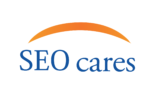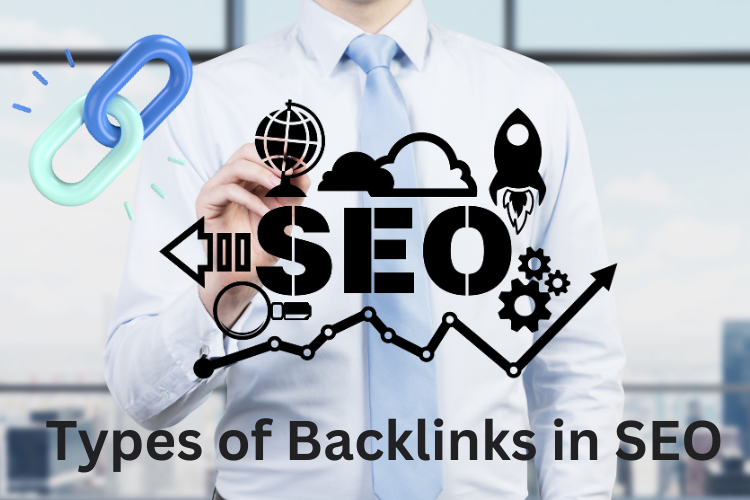In this article, we’ll explore the different types of backlinks in SEO that are crucial for ranking a website in search engines.
Different Types of Backlinks in SEO
Explore the multiple types of link building in SEO that are essential knowledge for maximizing a website’s visibility and rankings.

DoFollow Links
DoFollow Links are links that allow search engines to follow them and pass link juice, which is a measure of a website’s authority.
DoFollow links are the default type of link, and they are typically used to link to high-quality, relevant websites.
NoFollow Links
NoFollow Links are links that prevent search engines from following them and passing link juice.
NoFollow links are typically used to link to websites that are not considered to be authoritative, such as forums, comment sections, and social media profiles.
Sponsored Links
Sponsored Links are links that are paid for by the website that is being linked to.
Sponsored links are typically marked with the rel=”sponsored” attribute, and they are not considered to be as valuable as DoFollow links.
UGC Links
UGC Links are user-generated backlinks that are created by users, such as in comment sections or forum posts.
UGC links are typically marked with the rel=”ugc” attribute, and they are not considered to be as valuable as DoFollow links.

Pillow Links
Pillow Links are links that are placed near each other on a page. Pillow links are often used to create a sense of authority or trust, and they can help to improve a website’s ranking in search engines.
Contextual Links
Contextual Links are links that are placed in the natural flow of text on a page.
These types of backlinks are typically considered to be more valuable than other types of backlinks in SEO, as they are more likely to be clicked by users.
Guest Blogging Backlinks:
Guest blogging backlinks are a way to get more people to visit your website by writing and sharing articles on other websites.
When you write a guest post, you’re basically creating content for someone else’s website instead of your own. In return, the website owner allows you to include a link back to your own website in the article.
It’s like a win-win situation!
You get to share your knowledge and ideas with a broader audience, and at the same time, you get a link that leads people back to your own website.

Editorial Backlinks:
Editorial Backlinks are special types of backlinks that are given to your website by other websites. What makes them unique is that they are given naturally, without you asking for them.
Imagine you write a really great article and someone else finds it helpful and wants to share it with their readers.
They might include a link to your article within their own article.
These links are usually placed within the body of the article and are considered to be of high quality because they come from trusted sources.
Editorial backlinks are like a vote of confidence from other websites, showing that they value your content and think it’s worth sharing.
These backlinks can help increase your website’s visibility and credibility on the internet.

Resource Page Backlinks:
In case you have a website that provides helpful information or valuable resources on a specific topic.
Other websites might have a page where they list useful websites or resources related to that topic.
If they think your website is valuable, they may include it on their resource page and provide a link to it.
This is called a resource page backlink.
It’s like being recognized and recommended by another website as a helpful resource.
When people visit that website and see your link, they can click on it and visit your website to find more information.
It’s a great way to get more visitors and make your website more popular in your field of interest.
Forum Signature Backlinks:
Forum Signature Backlinks is a type of link that can be used to promote your website or blog on online forums.
When you participate in discussions on forums, there you often have the option to create a signature.
This is like a little section at the end of your posts where you can add some information about yourself.
You can include a link to your website or blog in your signature, along with a short description or a call to action.
This way, whenever you post on the forum, your signature with the link will be visible to others.
If people find your posts helpful or interesting, they might click on the link and visit your website to learn more.
It’s a way to get more exposure for your website and attract visitors who share your interests.
Directory Backlinks:
Online directories are like organized collections of websites, similar to phone books, where websites are listed under specific categories.
Directory Backlinks are created by submitting your website to online directories or business listings.
When you submit your website to these directories, they include a link to your website along with a brief description.
This helps people searching for specific information or services to easily find your website.
These backlinks can improve your website’s visibility and make it easier for people to discover and visit your website.
They provide an opportunity to connect with a wider audience and increase your online presence.
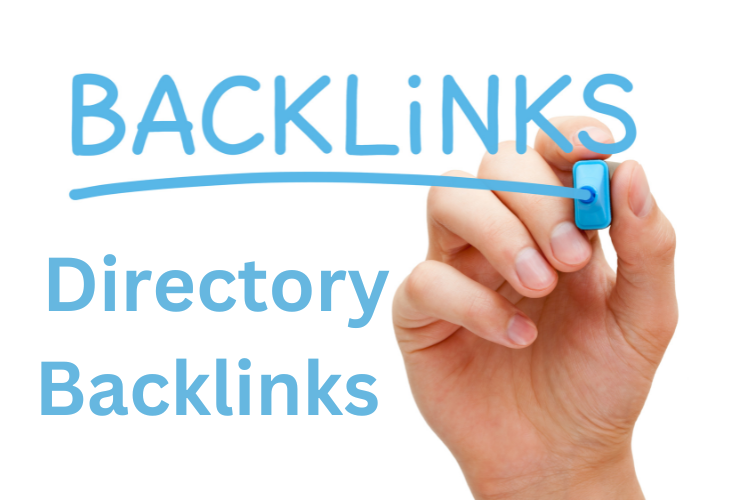
Social Bookmarking Backlinks:
Social bookmarking sites are platforms where you can save and organize links to web pages that you find interesting or helpful.
Instead of bookmarking a page on your computer, you can submit it to these sites.
Social Bookmarking Backlinks are special types of backlinks that you can obtain for your website or webpage by sharing them on social bookmarking sites like Reddit or Digg.
When you submit your website or webpage to a social bookmarking site, it creates a backlink.
These are 2 benefits of bookmarking backlinks:
- When you submit your website or webpage to a social bookmarking site, other people can see the link and click on it to visit your website or webpage.
- Search engine bots can follow the bookmarking links, which can give your webpage link juice and potentially improve its visibility in search engine rankings.
It’s a way to share your content with a wider audience and increase its visibility on the internet.

Web 2.0 Backlinks:
Web 2.0 Backlinks are types of backlinks in SEO that you can obtain for your website by creating content on Web 2.0 platforms such as Blogger, WordPress, or Tumblr.
These platforms allow you to create your own blogs or websites.
When you create content on these platforms, like writing articles or sharing pictures, you can add links that lead back to your website.
These backlinks serve as pathways for people to find your website from the platform.
Additionally, search engines notice these backlinks, which can help improve your website’s visibility and reputation.
It’s an opportunity to connect with others, share your knowledge, and attract more visitors to your website.

Comment Backlinks:
When you read an interesting blog post or article, and you have something valuable to say or contribute in the comment section.
When you leave a comment, you can also include a link back to your own website.
So comment backlinks are special types of backlinks that you can get for your website by leaving comments on blog posts or articles.
It’s like leaving a digital trail for others to follow.
If people find your comment helpful or intriguing, they might click on the link and visit your website.
Comment backlinks not only help you engage with the content you’re commenting on but also provide an opportunity to attract more visitors to your website.
It’s a way to connect with others and share your knowledge and ideas.
Profile Creation Backlinks:
Profile Backlinks are links that you can get for your website by creating profiles on different websites or forums.
When you create a profile, you provide information about yourself, such as your name, interests, and website.
In your profile, you can include a link to your own website. It’s like having a digital signature that leads people to your website.
Whenever you participate in discussions or interact with others on these platforms, people can click on the link in your profile to visit your website.
Profile backlinks help you showcase your online presence and drive more traffic to your website.
It’s a way to connect with others who share similar interests and promote your website effectively.
Image Sharing Backlinks:
Image-sharing backlinks are links you get when you share pictures on websites like Pinterest or Instagram.
These links go back to your website, like a path that brings people to visit it. They are important because they help more people find your website and see what you have to offer.
It’s like leaving a sign that says, “Come check out my website!” When someone sees your picture and clicks on the link, they will be taken to your website.
So, image-sharing backlinks are a clever way to get more visitors to your site and make them interested in what you have.
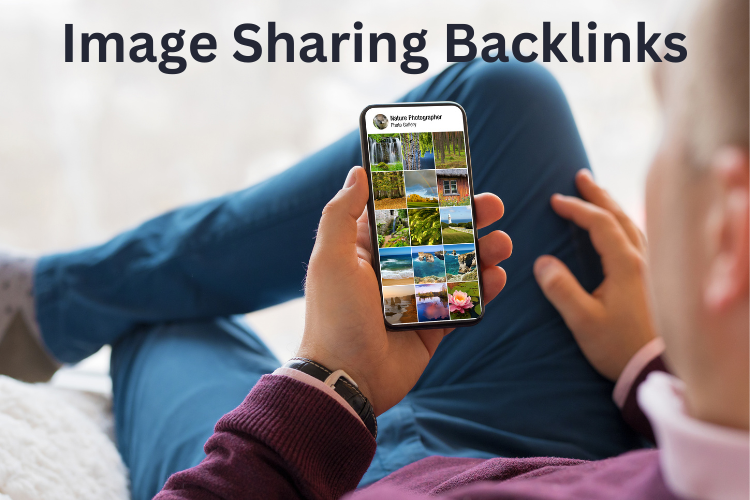
Video Backlinks:
Video backlinks are links that you get by putting videos on websites like YouTube or Vimeo, and they have a link that goes back to your own website.
These links are important because they help people find your website and learn more about what you offer.
It’s like leaving a clue that says, “Visit my website for more!” When someone watches your video and clicks on the link, they will be taken to your website.
So, video backlinks are a smart way to get more visitors to your site and get them interested in what you have to share.
Infographic Backlinks:
Infographic backlinks are links that you can get by making and sharing infographics with a link that leads back to your website.
Infographics are special pictures that show information in a fun and easy-to-understand way.
When you create an infographic and include a link to your website, it’s like leaving a helpful trail for people to follow.
When someone sees your infographic and clicks on the link, they will be directed to your website.
So, infographic backlinks are a clever way to get more visitors to your site and show them cool and useful information.
Press Release Backlinks:
Press release backlinks are links you can get by sharing news articles or announcements about your company or website, with links that lead back to your site.
A press release is like a special article that tells people important things about what you’re doing.
When you publish a press release and include backlinks to your website, it’s like putting signposts that guide people to visit your site.
When someone reads the news article and clicks on the link, they will be taken to your website.
So, press release backlinks are a smart way to get more visitors to your site and let them know exciting updates about your company or website.
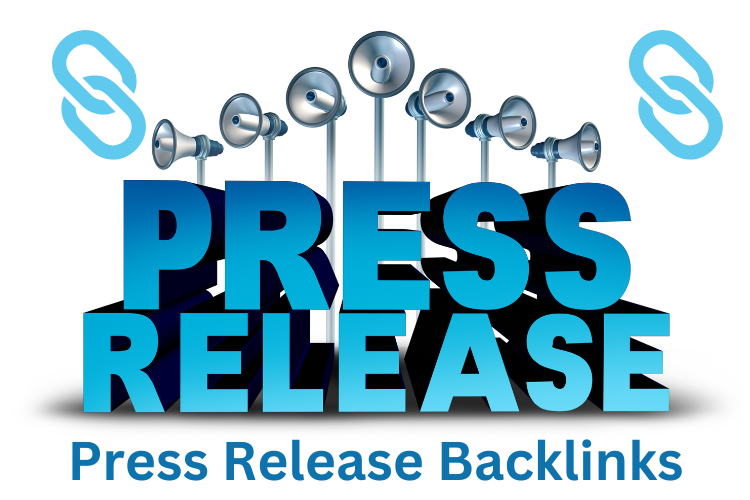
Broken Link Backlinks:
Broken link backlinks are special links that you can get by finding links on other websites that don’t work anymore.
When you discover a broken link, you can suggest your own content as a replacement.
It’s like being a helpful friend who fixes things. When people visit that website and click on the link, they will be directed to your content instead.
It’s a clever way to get more visitors to your own website and provide a solution to those who encountered a broken link.
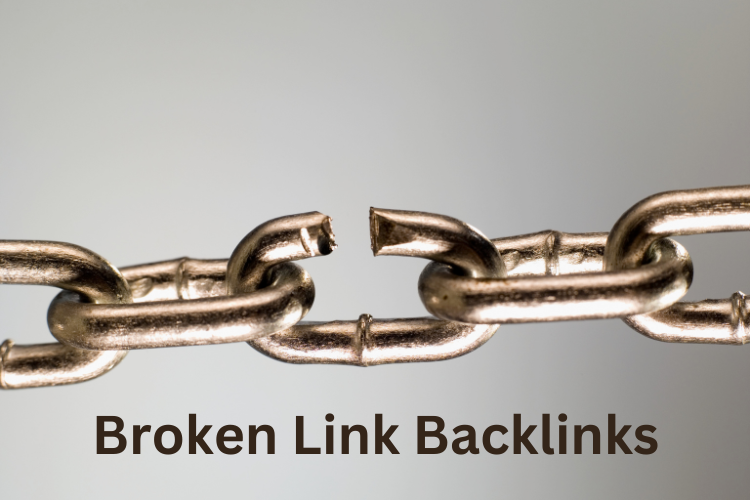
.Edu or .Gov Backlinks:
.Edu or .Gov backlinks are special links that you can get from websites ending in “.edu” or “.gov.
” These websites belong to schools, colleges, universities, or government organizations.
Because they come from trusted sources, these backlinks are considered very important and reliable.
It’s like getting a stamp of approval from experts or the government. When your website has .edu or .gov backlinks, it shows that your content is trustworthy and valuable.
It can help boost your website’s reputation and make more people interested in what you have to share.
Influencer Outreach Backlinks:
Influencer outreach backlinks are links that you can get by working together with popular people or experts in a certain field.
These individuals have a big following and influence on social media or the internet.
When they talk about your website or content and include a link to it, it’s like a recommendation from someone trusted and respected.
Their followers see the link and may want to check out your website too. It’s a smart way to reach a wider audience and gain more visitors to your site.
Collaborating with influencers can help your website become more popular and trusted among their followers.

Sponsorship Backlinks:
Sponsorship backlinks are backlinks you can get by supporting events, organizations, or charities.
When you sponsor something, it means you provide help or money to make it happen.
As a sponsor, you may get recognition for your support, including a link back to your website. It’s like being a partner or supporter of a special cause or event.
When people see your link, they might be curious and visit your website to learn more about what you do.
Sponsorship backlinks not only show your generosity but also bring more visitors to your site and help you connect with a wider audience.
Press Coverage Backlinks:
Press coverage backlinks are backlinks that you can get from news articles or media coverage that talk about your website or brand.
It’s like being featured in a newspaper or on TV.
When journalists write about your website or mention your brand, they may include a link to your site.
This helps more people discover your website and learn about what you offer. It’s like getting the spotlight and being recognized by the media.
Press coverage backlinks can increase your website’s visibility and credibility, making it more popular among readers and potential customers.
Q&A Backlinks:
Q&A backlinks are backlinks that you can get by joining question-and-answer websites like Quora or Stack Exchange.
On these platforms, people ask questions about various topics, and you can provide helpful answers.
When you answer a question and include a link to your website, it’s like offering more information to those who are interested.
It’s a chance to show your expertise and share valuable insights. When others read your answer and click on the link, they can visit your website to learn more.
Q&A backlinks help drive traffic to your website and establish you as a knowledgeable source in your field.
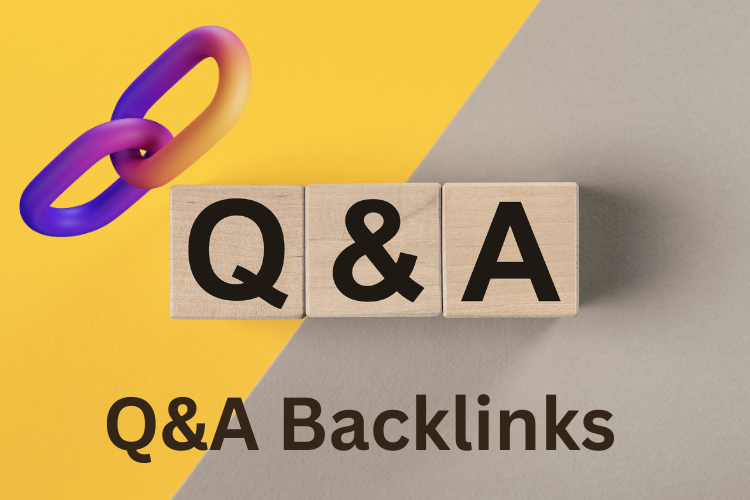
Document Sharing Backlinks:
Document-sharing backlinks are backlinks that you can get by sharing documents or PDF files on websites like SlideShare or Scribd.
These platforms allow you to upload and share helpful documents, like presentations or guides.
When you upload a document and include a link to your website, it’s like offering more valuable resources to people.
Others who find your document interesting can click on the link and visit your website to learn more. Document-sharing backlinks help you reach a wider audience and provide them with useful information.
It’s a smart way to attract visitors to your website and showcase your expertise through helpful documents.
Podcast Backlinks:
Podcast backlinks are links that you can get by being a guest on a podcast. When you’re invited to speak on a podcast, it’s like being a special guest on a radio show.
After the podcast episode is released, the show notes, which are like summaries or additional information about the episode, often include a link back to your website.
This link allows listeners who enjoyed the podcast to easily visit your website and learn more about you or what you offer.
Podcast backlinks are a great way to reach a new audience and share your knowledge or experiences with others.

Review Backlinks:
Review backlinks are backlinks that you can get when bloggers or popular individuals review your product or service.
It’s like having someone test and talk about what you offer. When these reviewers share their thoughts and experiences, they often include a link to your website so that their readers can learn more or make a purchase.
Review backlinks are like recommendations from trusted sources. When people read positive reviews and click on the link, they can visit your website and see for themselves.
It’s a smart way to gain credibility and attract more customers to your business.
Local Business Backlinks:
Local business backlinks are links that you can get from directories or websites that promote local businesses in your area.
It’s like being listed in a special book or online listing of nearby shops and services.
When your business is featured in these directories or on the chamber of Commerce website, they may include a link to your website.
This helps people in your community discover your business and learn more about what you offer.
Local business backlinks make it easier for locals to find and support your shop or services, making you more visible and connected within your community.

Social Media Backlinks:
Social media backlinks are links that you can get by sharing your website or content on platforms like Facebook, Instagram, or Twitter.
When you post about something interesting on social media and include a link to your website, it’s like inviting people to visit and explore what you have to offer.
These backlinks help bring more visitors to your website, just like sharing a cool video or photo with friends.
Social media backlinks can also lead to more opportunities for others to share your content and link back to your site, which boosts your online presence and attracts even more visitors.
Interview Backlinks:
Interview backlinks are links that you can get when website owners or bloggers interview you. It’s like having a conversation where they ask you questions about your work or expertise.
During the interview, they often include a link to your website so that their readers can learn more about you.
It’s like a spotlight on your knowledge and experiences. When people read the interview and click on the link, they can visit your website and discover more about what you do.
Interview backlinks help you reach a wider audience and establish yourself as an authority in your field.
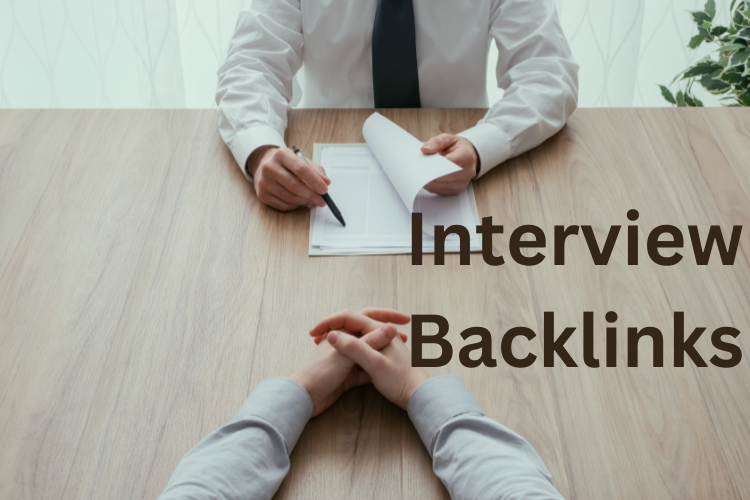
Podcast Directory Backlinks:
Podcast directory backlinks are links that you can get by submitting your podcast to directories.
It’s like adding your podcast to a big list of shows that people can listen to.
When you submit your podcast, the directory often includes a link back to your podcast’s website.
This makes it easier for listeners to find and listen to your episodes. It’s like being listed in a directory of awesome shows.
Podcast directory backlinks help you reach a wider audience and attract more listeners to your podcast.
It’s a smart way to promote your show and connect with people who share your interests.
Contest or Giveaway Backlinks:
Contest or giveaway backlinks are links that you can get by organizing a fun contest or giveaway on your website or social media.
It’s like hosting a special event where people can win exciting prizes. When you run a contest, one of the requirements for people to enter is to visit your website and include a link back to your site.
This helps spread the word about your contest and drives more visitors to your website. It’s like a treasure hunt where participants follow the link to discover what you have to offer.
Contest or giveaway backlinks not only create excitement but also increase the visibility of your website and attract more people to explore what you have to offer.
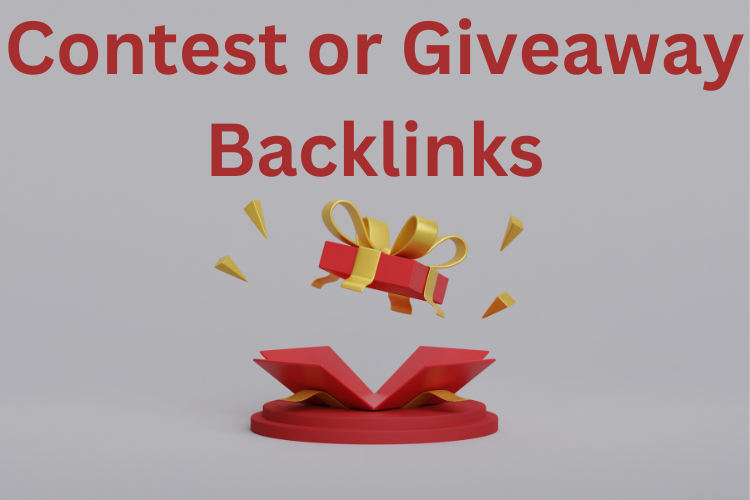
Testimonial Backlinks:
Testimonial backlinks are links that you can get by sharing your positive experiences with a product, service, or website.
It’s like giving a thumbs-up or a recommendation for something you really liked. When you provide a testimonial or review, the company or website may include a link back to your own website.
It’s like a way of saying, “This person loved our product, and you can find out more about them here.“
Testimonial backlinks not only help others make informed decisions but also drive traffic to your website.
It’s a win-win situation where you get to share your thoughts and potentially attract more visitors to your own online space.
Charity Backlinks:
Charity backlinks are links that you can get by supporting charitable organizations or causes.
When you donate or contribute to a charity, they may show their appreciation by including a link back to your website.
It’s like a way of saying, “This person or company helped us make a positive difference, and you can learn more about them here.”
Charity backlinks not only highlight your generosity but also bring more attention to your website.
It’s a meaningful way to support causes you care about and increase your online presence.
When you help others, you can also attract more visitors to your site who value your commitment to making the world a better place.
Reciprocal links
Reciprocal backlinks (also known as link exchanges) are backlinks that are exchanged between two websites.
This means that each website links to the other website in order to improve its own search engine ranking.
Reciprocal backlinks are not inherently bad, but they can be used in a way that is considered to be spammy or manipulative.
For example, if two websites exchange links simply because they are both in the same industry, this is not likely to help either website’s ranking.
However, if two websites exchange links because they have high-quality content that is relevant to each other, this can be a beneficial way to improve their search engine ranking.
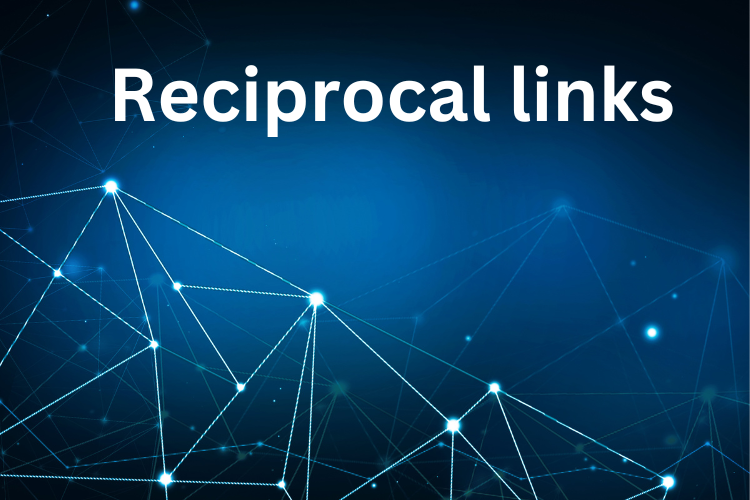
Tier 1:
Tier 1 backlinks are those that are directly linked to or point to our website. These links directly benefit our website.
Tier 2:
Tier 2 backlinks are those that point to or are linked to Tier 1 links.
These links benefit the Tier 1 backlinks, which ultimately benefit our website.
Tier 3:
Tier 3 backlinks are those that point to or are linked to Tier 2 links.
These links benefit the Tier 2 backlinks, which in turn benefit the Tier 1 links, resulting in the final benefit to our website.
Types of Backlinks to Avoid
The following are the types of bad backlinks that you should avoid.

Spam content websites.
These websites are typically filled with low-quality content and are considered to be spam by search engines.
It is advisable to avoid contributing to these websites and focus on more reliable online publications in your field or niche.
Low-quality directory content.
It is not worth the effort to list your website in low-quality directories with little traffic.
Again, focus your link-building efforts on high-authority, high-trust websites in your niche.
Irrelevant links.
Links that are not relevant to your website’s content are not going to help your SEO.
Avoid getting links from websites that are not related to your industry or niche.

Paid backlinks.
Paid backlinks are not considered to be as valuable as organic links.
If you’re caught buying links, it could actually hurt your website’s ranking in search engines.
Link farms.
Link farms are websites that are specifically designed to generate backlinks.
These websites are typically considered to be spam by search engines and will not help your SEO.
Comment spam.
Comment spam is when you leave a link to your website in the comments section of a blog post or forum.
This type of link-building is not considered to be natural and will not help your SEO.
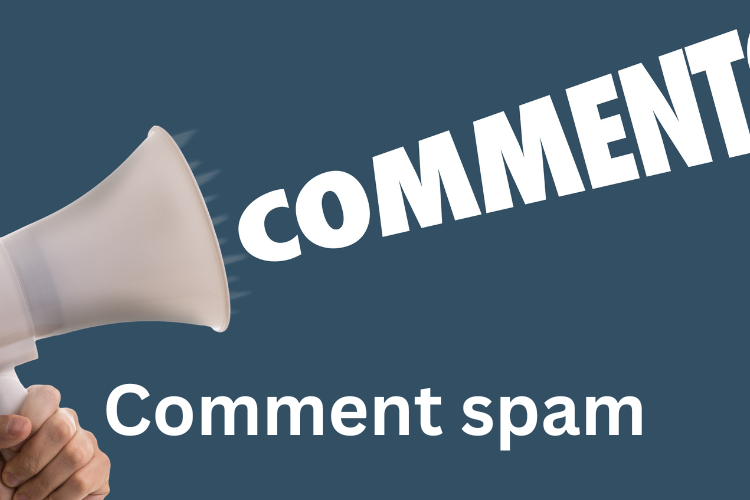
Summary
In conclusion, it’s crucial for website owners to understand different types of backlinks in SEO.
Backlinks are like endorsements from other websites, showing search engines that your site is relevant and trustworthy.
We’ve talked about 30 types of backlinks in SEO, including:
- Guest posts
- Editorial links
- Social bookmarks
Each type has its own benefits and things to consider. It’s best to use a mix of link-building strategies for the best results.
Remember, quality is more important than quantity when it comes to backlinks. Search engines value authoritative and relevant links.
Frequently Asked Questions (FAQs)
What are the three (3) main features of a quality backlink?
- Relevance: The backlink should be relevant to the content on your website. For example, if your website is about cats, a backlink from a website about dogs would not be very valuable.
- Authority: The backlink should come from a website that is highly reputable. This means that the website is well-respected and has a lot of traffic.
- Naturalness: The backlink should appear natural. This means that it should not be obvious that you are trying to get a backlink from the website.
Can you rank high without backlinks?
Yes, it is possible to rank high in search results without backlinks.
However, backlinks are a very important factor in SEO, and they can help you to rank higher in search results.
If you are serious about SEO, you should focus on building backlinks.
What is the difference between linking domains and backlinks?
A linking domain is a website that provides a hyperlink to another website. A backlink is a link from a linking domain to another website. In other words, a backlink is a specific type of linking domain.
Read:
Referring Domains vs Backlinks: What’s the Difference?
How do I create an SEO backlink?
There are many ways to create an SEO backlink. Here are a few tips:
- Write high-quality content that is relevant to your target audience.
- Share your content on social media and other online platforms.
- Guest blog on other websites.
- Submit your website to directories.
- Participate in online forums and discussions.
How many backlinks should a website have?
The number of backlinks that a website should have depends on a number of factors, including the industry, the competition, and the quality of the content.
However, in general, a website should have a few hundred backlinks to be considered healthy.
What are backlinks to 404 pages?
Backlinks to 404 pages are links that point to pages that no longer exist.
These links are typically considered to be spammy and can hurt your SEO.
If you have backlinks to 404 pages, you should try to get them removed.
What is a good example of backlinks?
A good example of backlinks is a link from a high-authority website to your website.
For example, if a website like The New York Times links to your website, this is a good backlink.
How many backlinks do you need for SEO?
The number of backlinks that you need for SEO will vary depending on a number of factors, including the industry, the competition, and the quality of your content.
However, in general, you should aim to have a few hundred backlinks to be considered healthy.
What are the levels of backlinks?
There are three levels of backlinks:
- Level 1 backlinks: Backlinks from websites that have a high authority are called level 1 backlinks.
- Level 2 backlinks: These are backlinks from websites that have a medium authority.
- Level 3 backlinks: Level 3 backlinks are backlinks from websites that have low authority.
How do you identify backlinks?
There are a number of ways to identify backlinks. One way is to use a backlink checker tool.
Another way is to look at the backlinks in your Google Search Console account.
